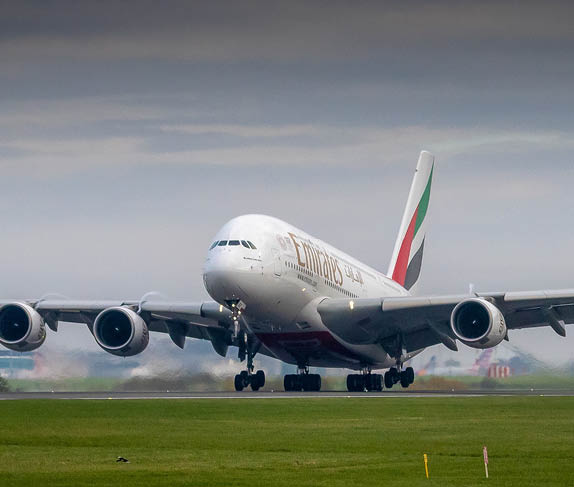CFM sources confirm that the LEAP-1B engine that will power the 737 MAX currently has a SFC performance shortfall of 4-5%. At the same time the LEAP-1A for the A320neo has a 2% fuel consumption shortfall. Sources state that they will be able to overcome these problems before the engines come into service in two years’ time and with the LEAP 1A it is possible that a performance improvement package might well get the engine on target. However this may not be the case for the 1B engine if it is 4-5% off target on consumption. So will CFM move for a series of performance upgrades and bite the bullet on initial deliveries with compensation for customers given that it gave the same a performance guarantee (even though it give them the engines all but free of charge)? It is likely, but the reality of the performance shortfall is that it may well affect which way the 40% odd percent of MAX and Neo orders without confirmed engine choices swings. This is especially true for those customers with deliveries from 2019 as P&W has announced a performance improvement package for the PW1100G that will come into force by then, which will reduce SFC by an additional 3%.
The Pratt & Whitney GTF engine is outperforming its original quoted specs in testing so the only real differentiation for the two engines in the sales pitches remains the same today as it was four years ago – maintenance costs. Will the CFM LEAP engines make-up on maintenance costs any immediate shortfall in performance? Or will the P&W engines match or beat the CFM engines on reliability and in so doing open a real gap in performance? We can but wait that is the question for those ordering. For those customers who have to make an engine choice on orders before in service data for at least 12 months has been published for both engines, this really is a tough decision that can only be based upon trust in the manufacturer. It is that trust earned on the CFM56s that has gained CFM many orders for LEAP engines over the past few years.
So does all of this change greatly the dynamics of the future narrowbody aircraft landscape? On initial deliveries it does change things slightly and it seems highly likely that P&W-powered A320Neos will narrow the performance gap with the 737MAX-8s with only the question of aftermarket costs being the unknown. If initial LEAP 1B engines are delivered with a 4% shortfall in performance then it would mean that the economics of the initial A320Neo (factoring purchase price) with P&W engines on wing would be slightly superior to the 737MAX-8 over an eight year ownership period with better residuals after that time than other comparable aircraft delivered in that timeframe (again subject to aftermarket costs on the PW engines). It means that lessors would not be able to charge much of a premium (if any) for an early 737MAX-8 over an equivalent early delivery A320Neo.
The A321Neo remains the very best aircraft of the entire bunch and the only surefire hit. Anyone ordering either a MAX or Neo in 2015 will be so far back on the order books that they can be sure that both of the CFM LEAP engines and the P&W GTFs will be fine by the time they get their hands on them. Boeing knows that the A321Neo is a winner, and it knows that if Boeing can develop a longer range 737Max-8 then it can collect orders on the basis of available delivery slots. The problem for Boeing is how to sell such an aircraft when the CFM engine is not meeting targets for those early delivery slots? This therefore could cost Boeing the most in the long term, which is especially sad given that the A321Neo is more or less going to be the 757 replacement of choice as things stand.

